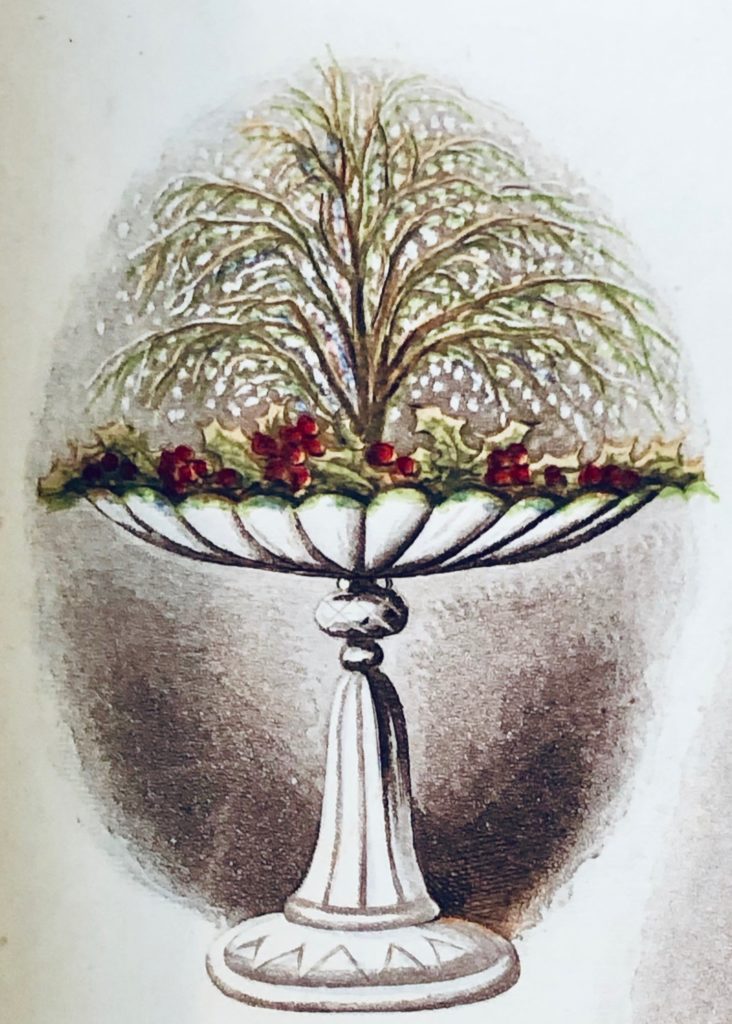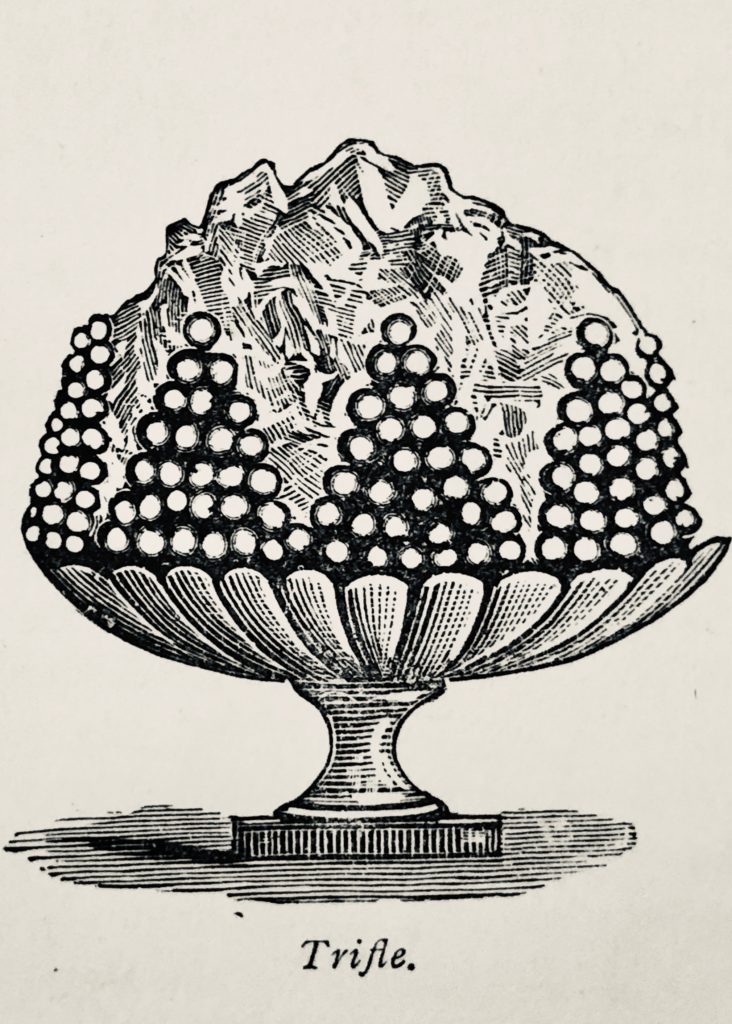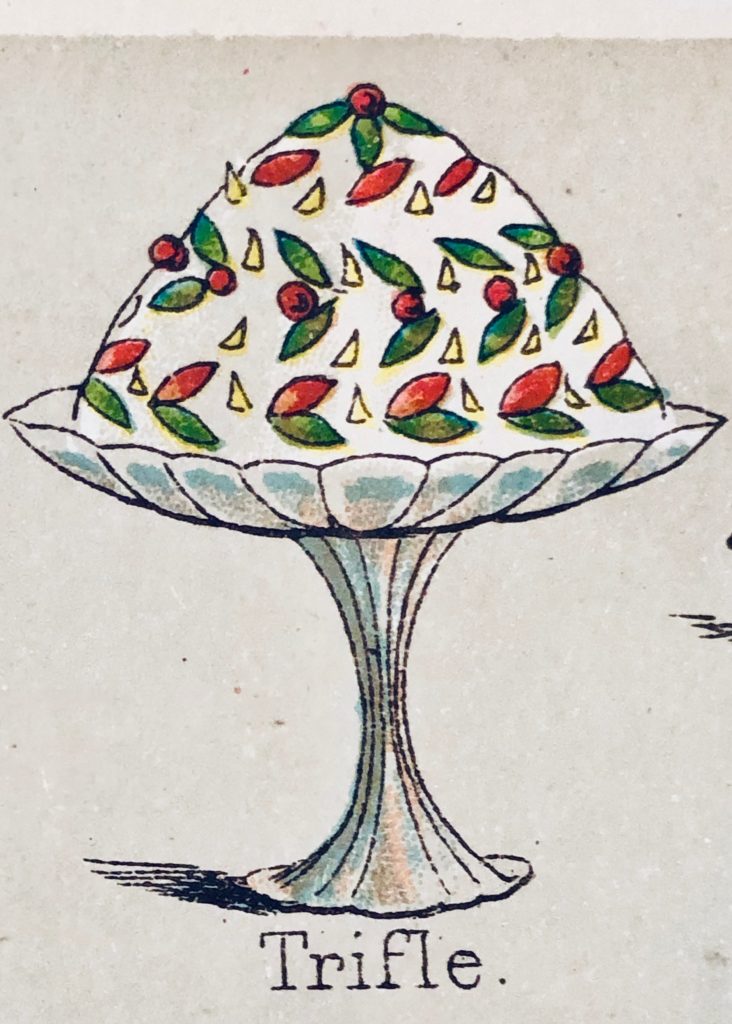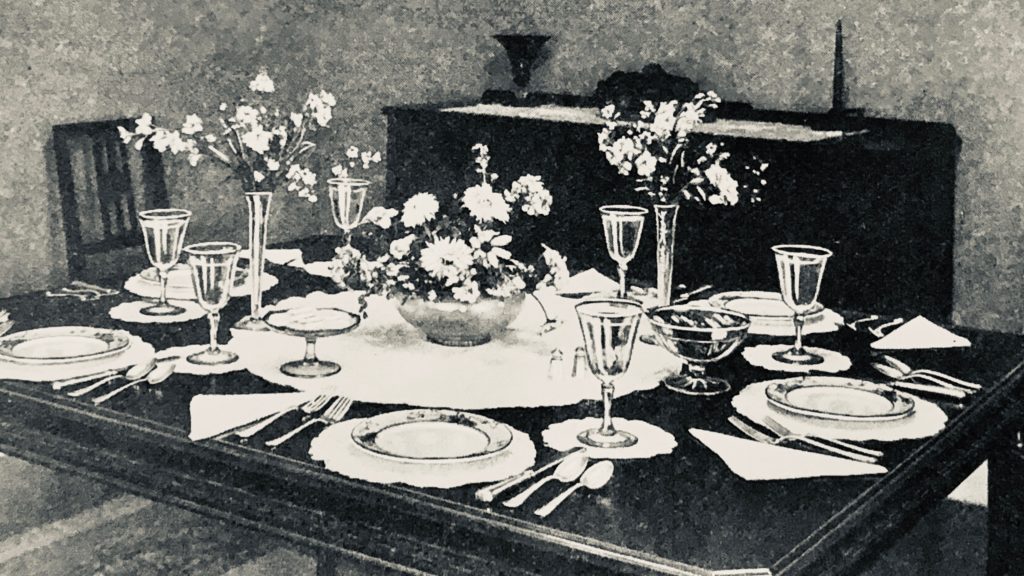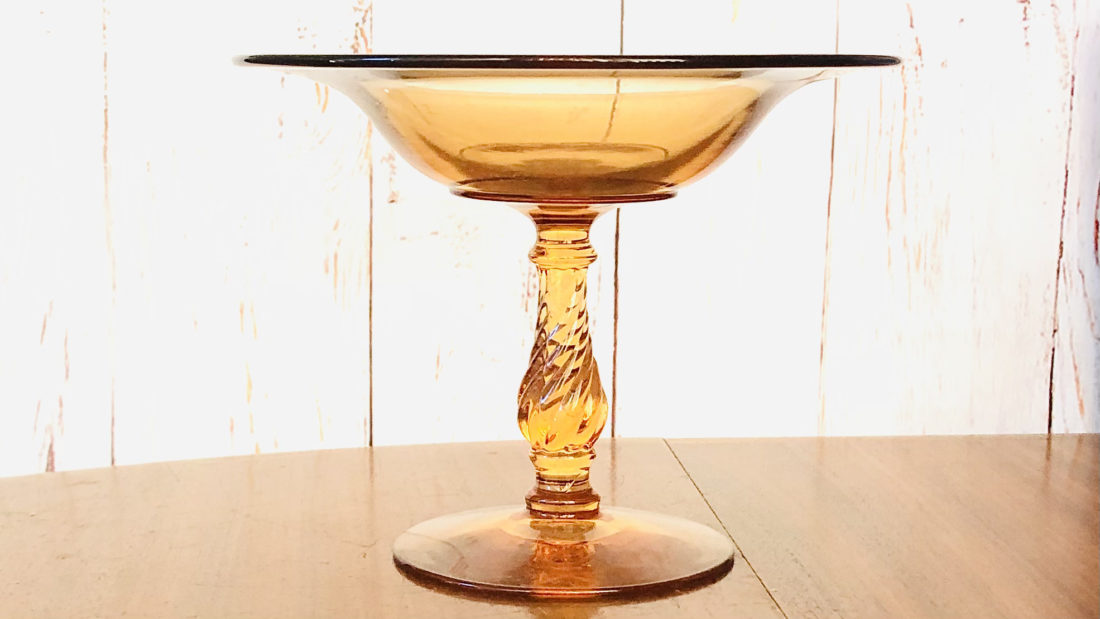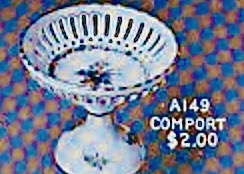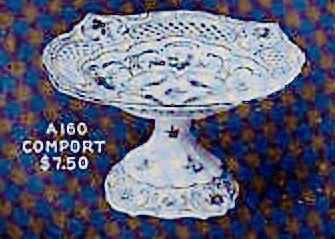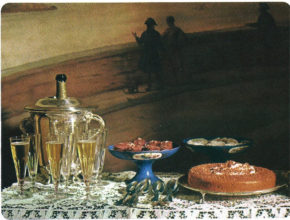Those who could afford it at the turn of the century loved having a dish for every purpose. They also loved having a variety of nibbles at the table, (apparently ten courses weren’t enough). They loved love them so much they developed multiple similar dishes to contain the array of wonderful nosh-ables and sometimes decorative elements on the table. Many wonderful small footed dishes began appearing on tables for this purpose, principally, the Comport, Compote, Tazza, and Bon Bon Dish.
Now, this is not to say that dishes of these shapes did not exist before the turn of the century. Indeed, all of these shapes can be found dating back to antiquity. That is one of the reasons that there is confusion as to which dish should be ascribed to each name.
So, how are these dishes different from one another? Well, explaining that’s gonna be a bitch. These definitions are fluid and different makers seem to be actively trying to confuse the marketplace. Catalogues regularly contradicted each other and sometimes the same dish was named a different thing in a maker’s catalogues in different years. Sometimes in the same year, as you’ll see below.
What do we know? The first thing to note is that these dishes are all bowl shaped in some fashion. Some will have deep bowls, some shallow, some will resemble plates with a lip. The principal difference between these pedestaled dishes and a cake plate is that a cake plate is flat, (hence a plate).
Comport

A comport is a very old term that dates back to the 1500s. It is a footed round dish used for holding food. Comports are generally flatter than we think of when we picture a compote and some even have a small rim. This doesn’t mean they aren’t bowl shaped, but they will generally be quite shallow and more decorative than the later compote. That said, they will not be flat like a cake plate, they will always have some sort of shallow bowl.
Some comports have slats or holes which implies they would be used for fresh fruit. They can also be highly decorative for use at formal meals.
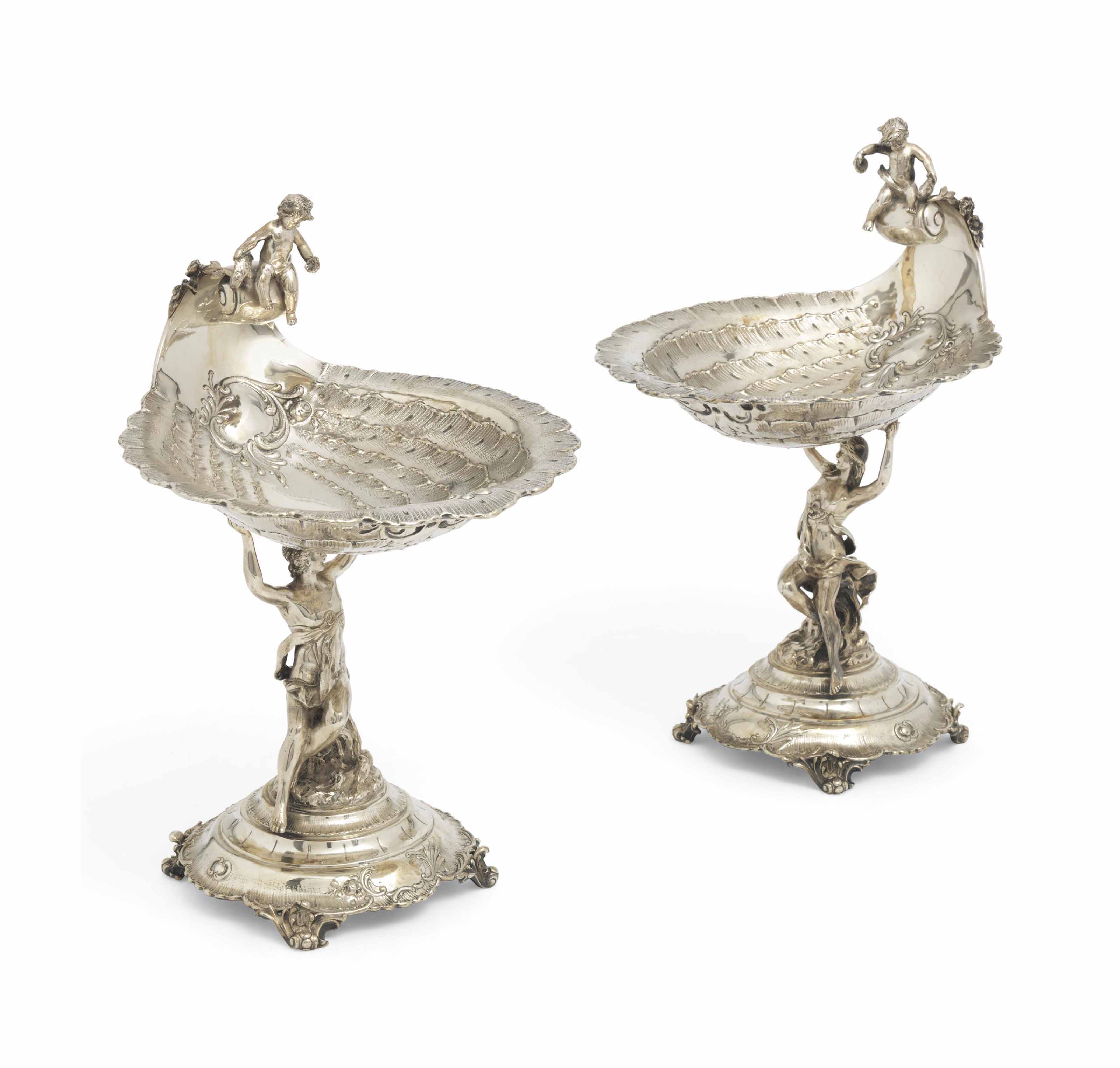
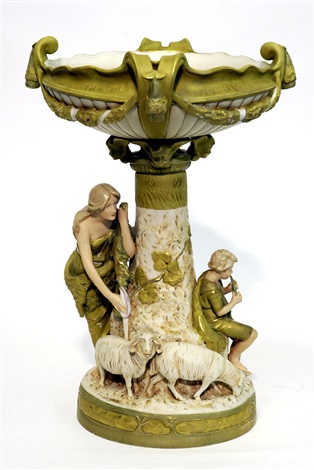
Compote

Compotes are more like a footed bowl. They would often hold fruit at tables, but could be used for other foods as well. Some will have lids. This is a difference with comports, because while a compote may or may not have a lid, a comport will never have a lid.
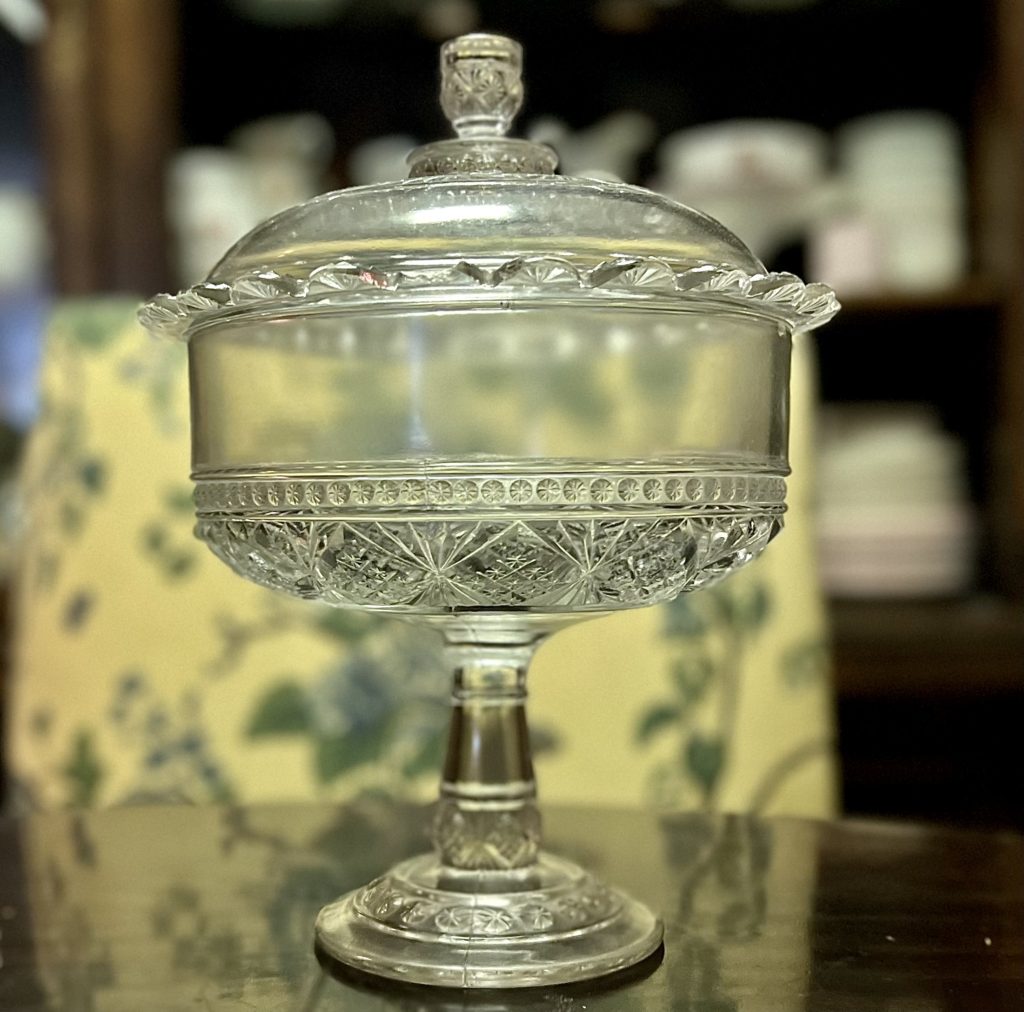
My grandmother asserted that lidded compotes were for glacéed fruit or stewed fruits, but I have yet to corroborate that fact. Though it seems plausible when one considers the dish, a compote, is essentially stewed fruit. An important thing to note about compotes – they were meant to serve food. Even if it’s just grapes or Jordan almonds, they were meant to be more than just decorative.

Let me know if you’d like me to post catalogue pictures from the era with their highly contradictory naming shenanigans.
Tazza
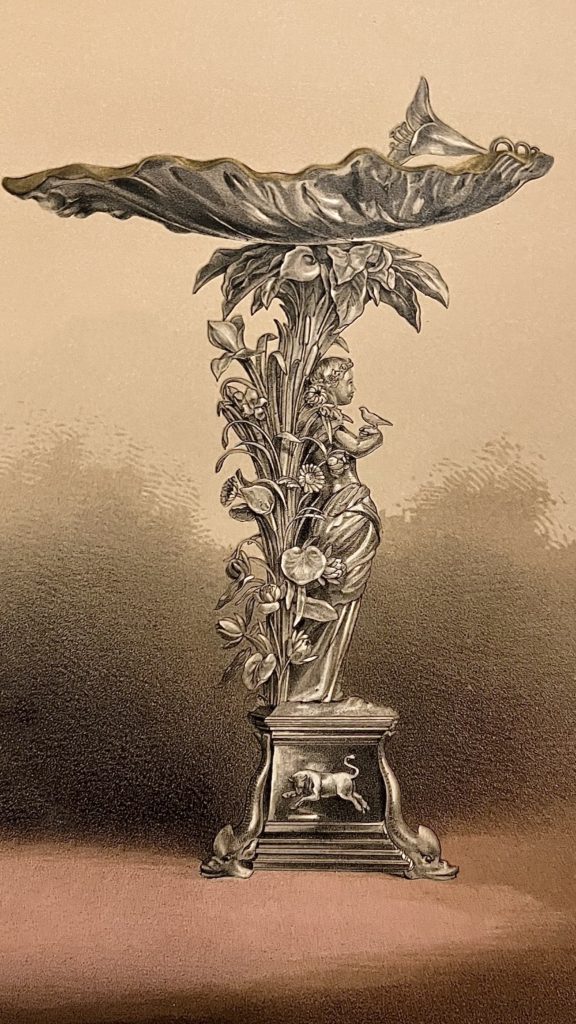
A Tazza is a short vase or cup and can resemble a comport, but usually will have a shallower bowl and in the 20th century, they are often shorter than comports and compotes. Tazzas are often meant to be decorative and can be quite elaborate, so never put food meant to be eaten on one unless you know they are food safe. Usually these could be seen on a table with fruit or greenery in an arrangement. But, because as I have said, this is an area of tableware anarchy, there are tazzas that hold food as well.
Decorative tazzas will represent a decorative comport very closely, so it will be the depth of the bowl which will tell you the difference. The best gage of a plain tazza is that it’s usually stouter than the normal compote.
Bon-Bon Dish
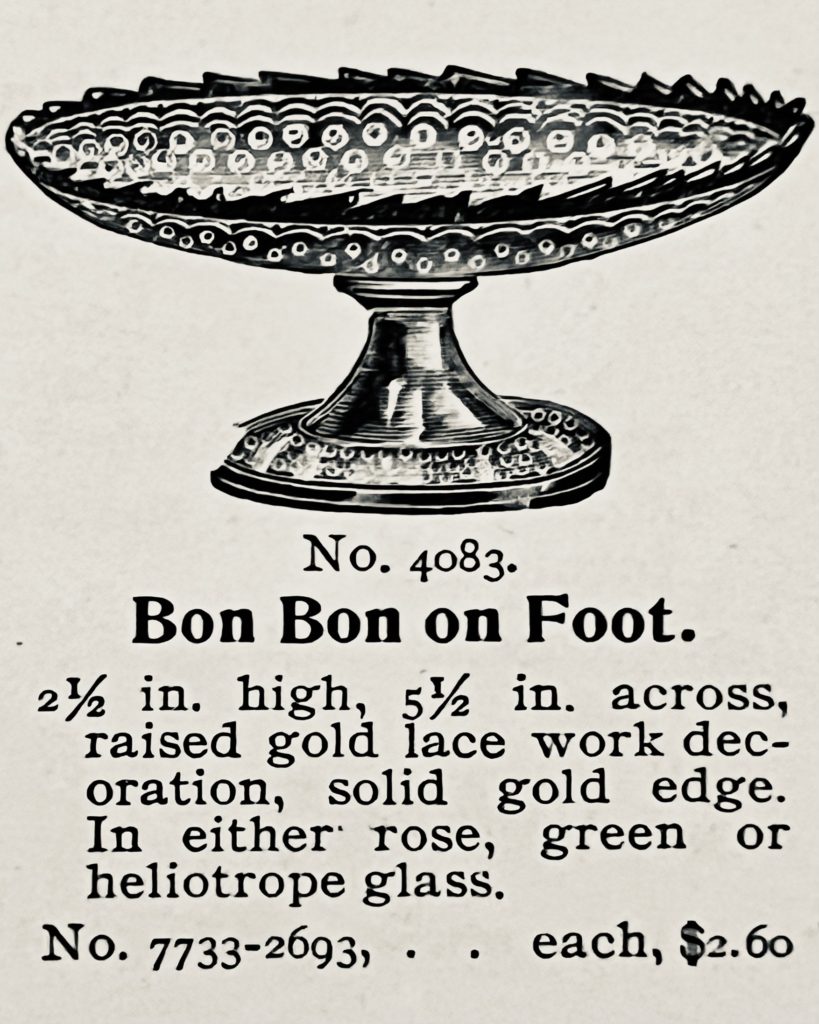
“The bon-bon dish does duty all the year around in this country so universal is the “sweet tooth” with Americans. Luncheon, dinner and reception tables are incomplete without it, and for all informal functions its contents is now counted as indispensable. In these times bon-bons and delicate wafers often constitute the “light refreshments” for porch teas, impromptu pic-nics or carriage rides with a halt under green-wood trees”
Table Talk, Vol. XVI, No. 5, May 1901
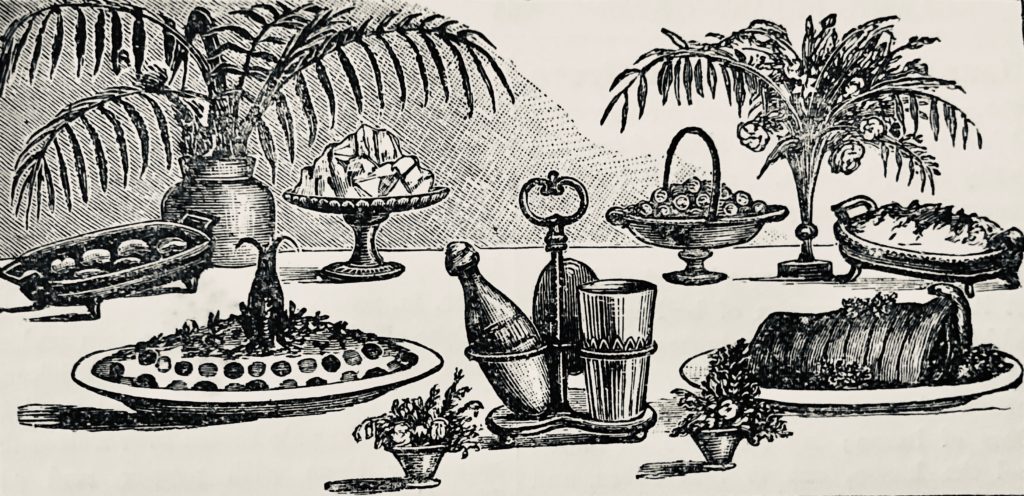
The bon bon dish is a small sweet or candy dish, it can look like a compote, but will generally look more like a cup stuck on a pedestal. Some older versions will have a handle if it is meant for tiny cakes or cookies. This will resemble a raised basket. Bon bon dishes are not candy bowls, even with a handle a bon bon dish should be footed or on a stand in some way.
So, this may all seem a little vague and that’s because it is. China and silver manufacturers labeled designs differently as the uses for that object shifted, as time changed the fashions of the table, and sometimes for reasons that seem totally unclear. But I hope these general guidelines help you when you’re collecting.

Hope you’re all well and hanging in there! Much Love, Cheri
